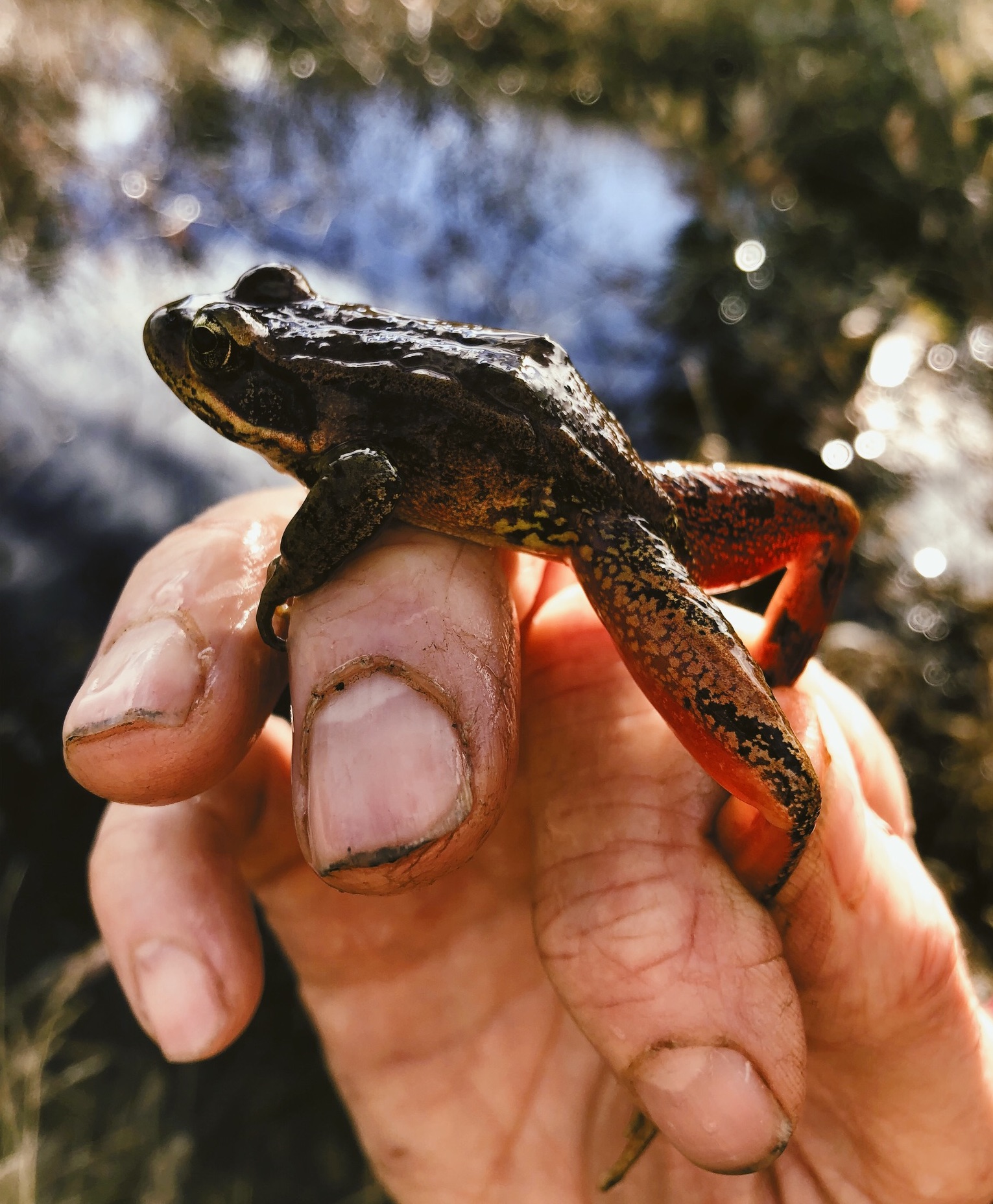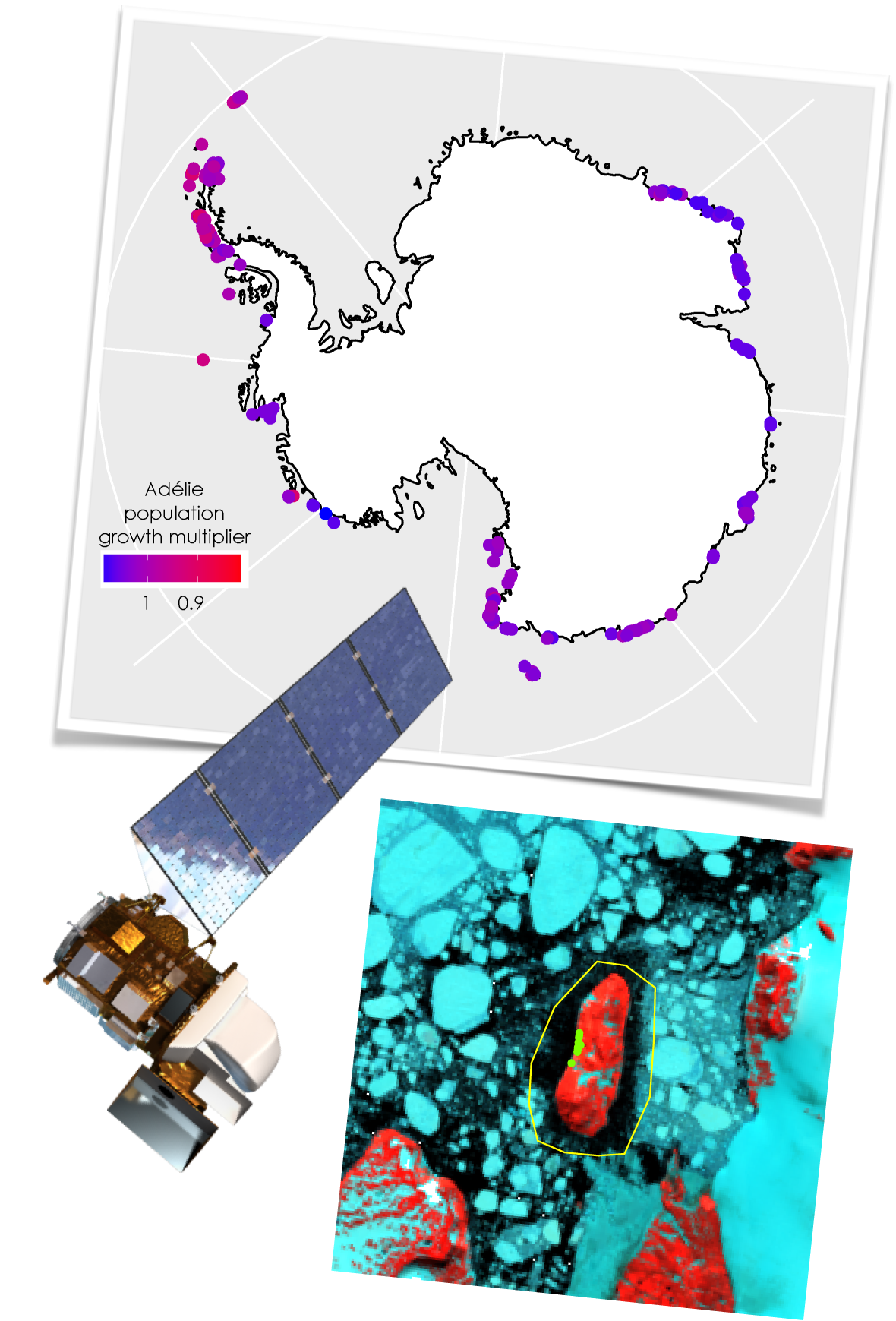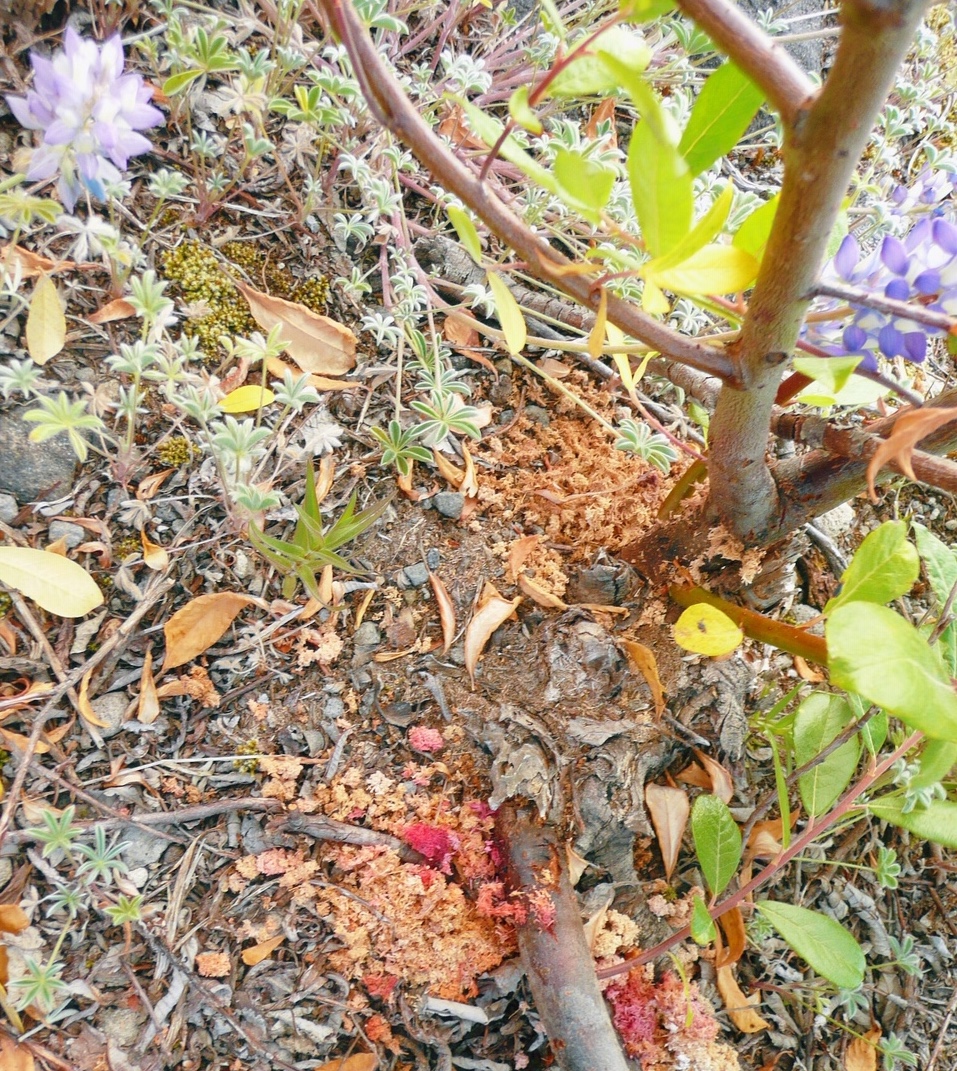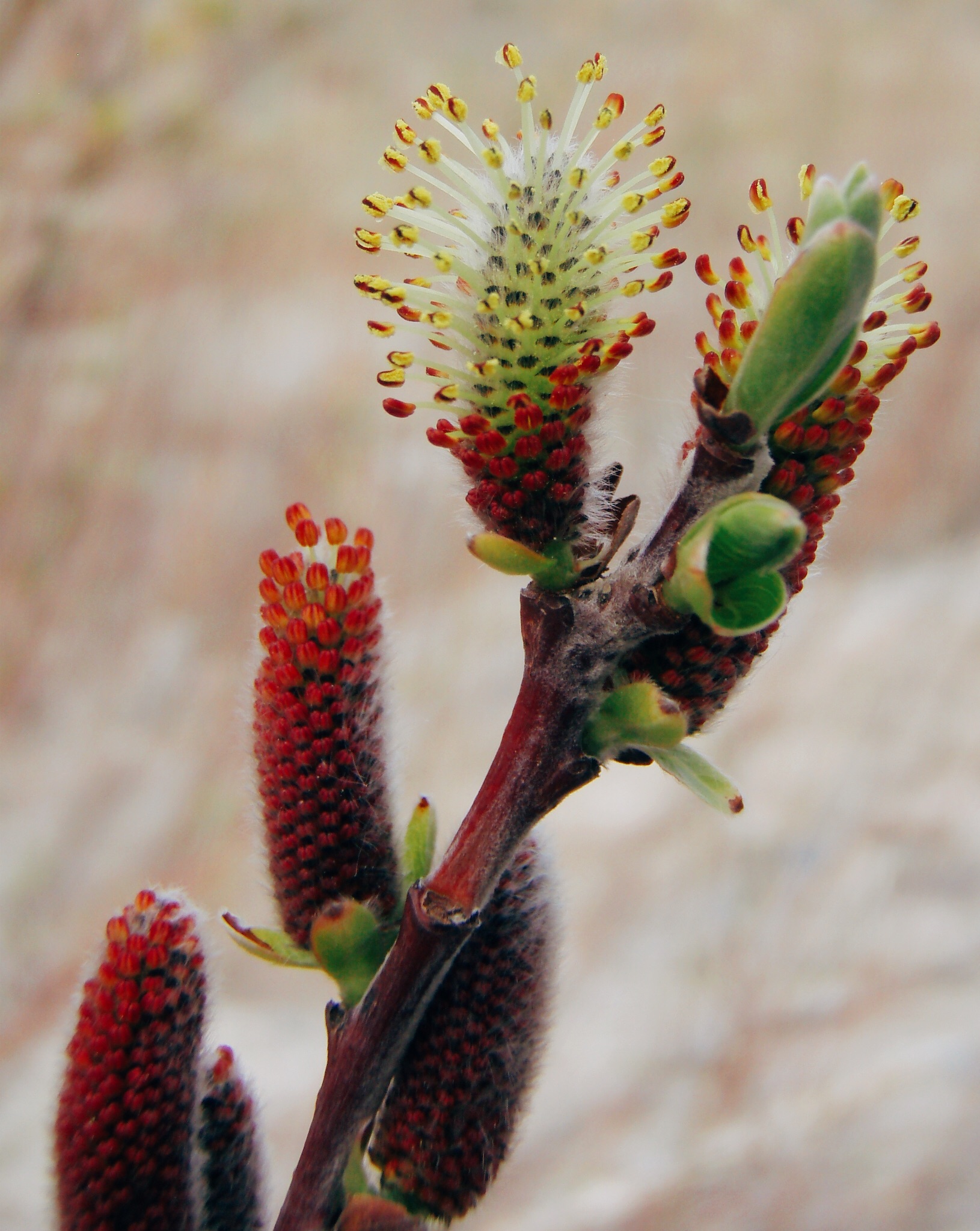Primary succession structures amphibian population dynamics

Amphibians play a crucial role in primary succession, as they efficiently transfer energy across trophic levels to bridge the gap between invertebrates and reptile and mammalian predators. While amphibian community assembly has been shown to be disturbance-mediated, we know little about how primary succession affects the demographics of its constituent members. Relying on detailed investigations of the natural history of amphibians colonizing the Mount St. Helens debris avalanche following the 1980 eruption, we use long-term monitoring data in conjunction with remote sensing to better understand how the geological impacts of the eruption and subsequent ecological recovery, alter amphibian species interactions, population dynamics, and community-level biodiversity.







